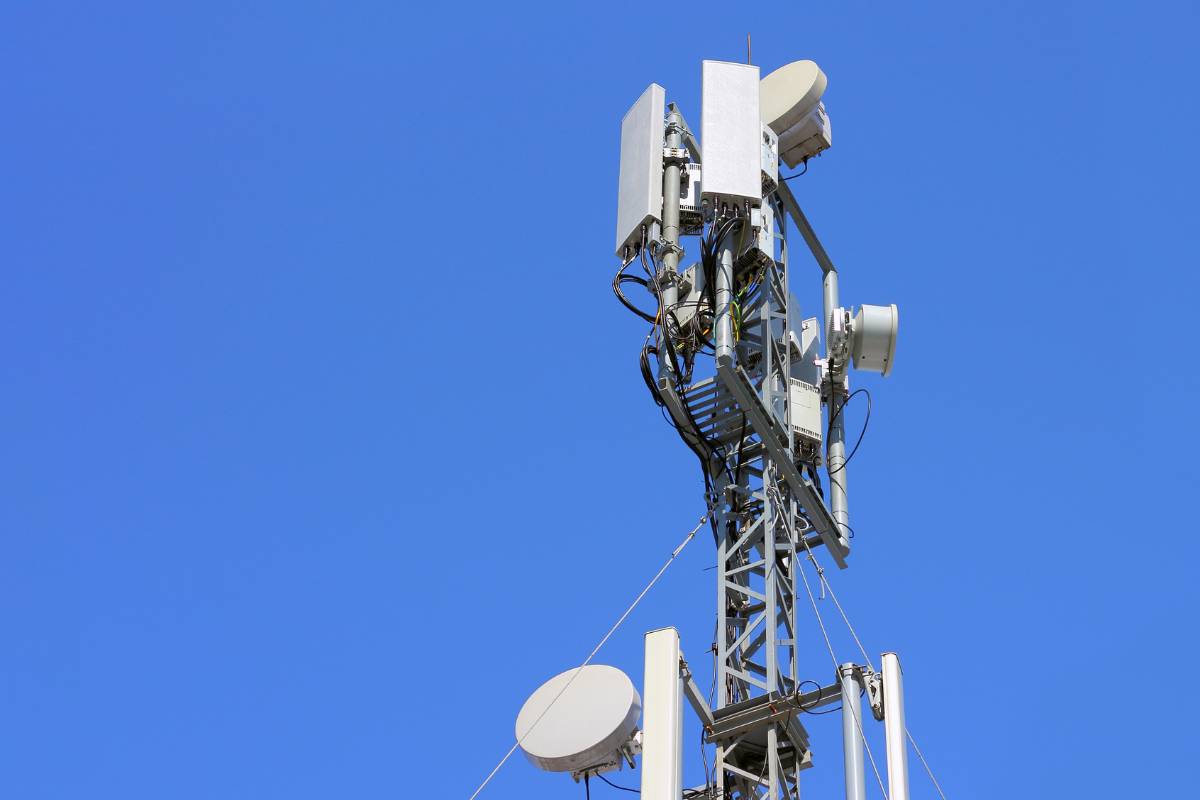The concept of floor pricing might sound good to the ailing telecom operators, but it isn’t in the best interests of the country. A floor price would restrict the entry of low-income customers to the 4G networks in India. Further, it would make the competition very stale since the operators won’t be inclined to put efforts into getting high average revenue per user (ARPU) customers by enhancing their networks. In short, a floor price might make the operators a little lazy. Instead of adding a floor price regime to the relief package, the government should reduce statutory dues for the telcos.
Floor Pricing Won’t Help the Country
Floor pricing would mean that customers would essentially have to pay more or a set amount for gaining access to network services. Whether the network quality is good or bad, the customers will have to pay a minimum amount that is feasible for the operators. This just sounds so wrong. It is basically pushing indirect cartalisation in the industry, which would make it nearly impossible for low-income customers to be able to afford network services. It would hurt the government’s vision of a Digital India. Instead of a floor price, the government should focus on reducing the statutory dues for the operators, which is the reason for the industry being in a bad place today. The spectrum usage charges, the adjusted gross revenue dues, license fees, and more have caused more stress to the telcos than anything else. The answer to the telcos’ financial problems is not floor pricing but the reduction of statutory dues. The Telecom Regulatory Authority of India (TRAI) has denied setting a floor price multiple times because the regulator understands its implications won’t be good for the country in the long run. The relief package is in the works by the government; it will be interesting to see how the center decides to help the operators.
